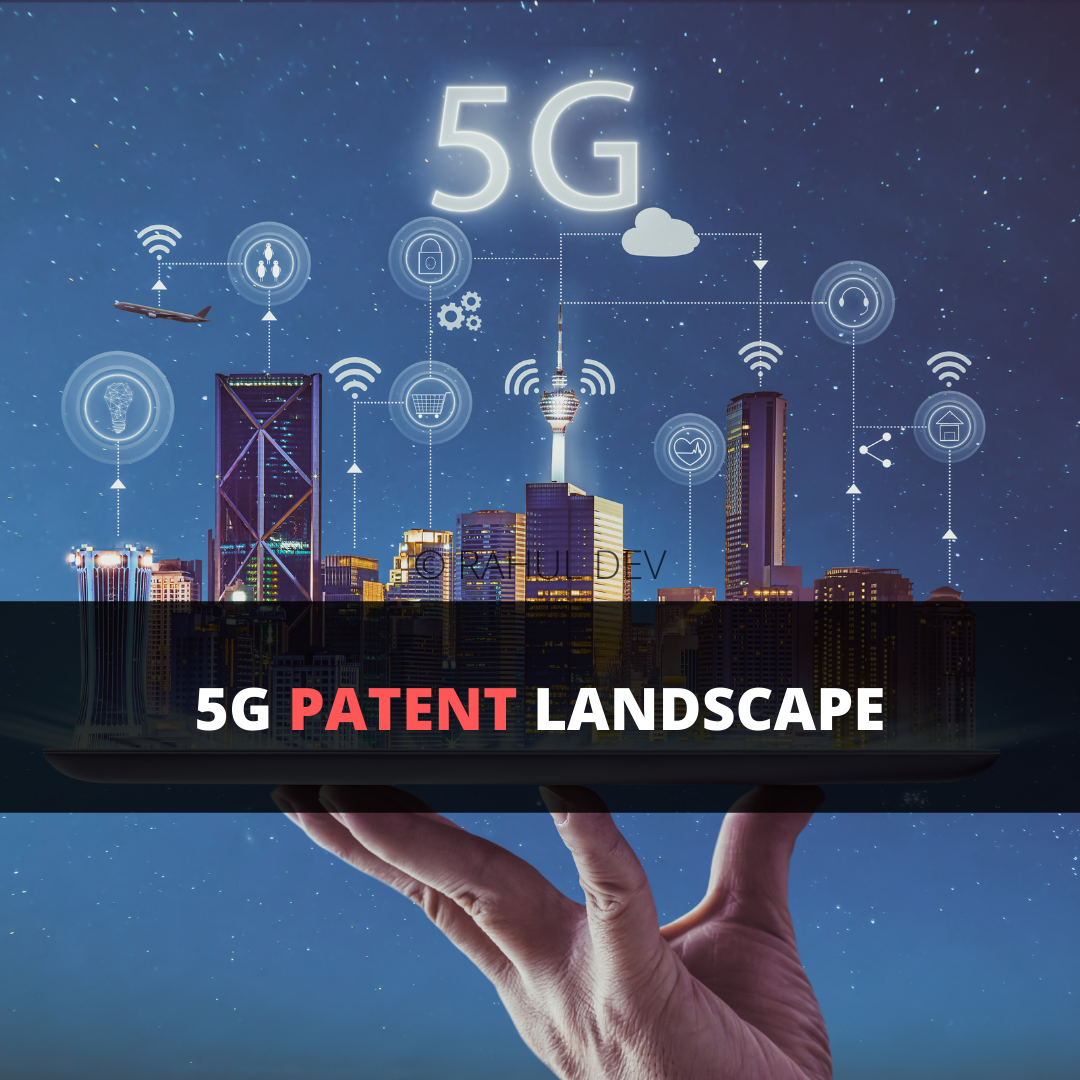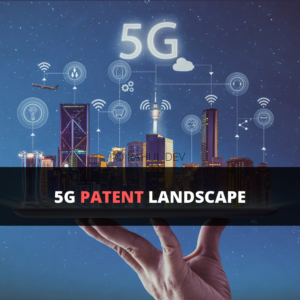
Future of connectivity relies heavily upon 5G technology and companies including Nokia, Huawei and Ericsson are getting ready to prepare themselves for next generation mobile technology.
Originally published here.

While essential technologies are covered under SEPs (Standard Essential Patents) and FRAND (Fair, Reasonable and Non Discriminatory Licensing Terms), there’s still big rewards for original patent holders who own core technology that will power next generation mobile connectivity.
Recently Apple and Ericsson signed a collaborative agreement to work together and develop 5G technology, which included understanding to end lawsuits across US and Europe. As per deal, Ericsson will allow Apple to use its standard essential patents. The collaboration will expand to various technology areas, including 5G development, wireless network optimization and network traffic management.
Qualcomm has already released its 5G vision to expand mobile technology by 2020. Qualcomm envisions 5G as disruptive mobile technology that can enable new services, connect new industries and empower new user experiences. the fifth generation mobile technology, i.e. 5G and corresponding patents are aimed at providing a new kind of network along with a unified platform to connect consumer devices, smart homes, connected cars, medical innovations, health tech, wearable devices, fitness gadgets, automated manufacturing devices, and the like, which can collectively be termed as Internet of Things (IoT).
Along with massive network of IoT, enhanced mobile broadband will power the next generation of mobile technology to provide immersive experience and hyper connectivity. at the same time, IoT innovations will enable users to connect virtually anything, anywhere using efficient low-cost communication innovations.
However, companies working on 5G technology innovations by filing multiple patents will also leverage upon 4G and Wi-Fi investments simultaneously. Seamless integration of 5G shall require significant improvements over 4G and full exploitation of 4G to its maximum potential.
5G technology-based innovations form subject matter of multiple 5G patent applications. Some of these innovations may also require standardization by appropriate authorities due to the essential nature of such technologies. 5G technologies, also known as the future of technology or smart wires, are expected to be the next big thing after the wireless network. However, there are some challenges that must be overcome before these new technologies can be introduced in the market. The impact of knowledge-field activity of university-industry alliance on 5G technology innovation performance can be studied by promoting alliances 5G technologies knowledge flow, in terms of patents issued, and samples of existing and future patents licensed by these alliances.
The latest developments across 5G patent landscape show that there has been a marked improvement in 5G technology since it was first announced, with a resultant augmented real-time network capability. As a consequence, real-time communications and solutions have reached critical mass, with significant impact on the ability to deliver advanced services and applications. This led to several disruptive changes in the industry, including the migration of enterprise software to the cloud and the adoption of hybrid cloud/real time networking capabilities by large and small organizations. We further consider the strategic implications of these developments for organizations, ranging from consumer to enterprises. Once the technology is available for cost-effectiveness in the market, companies may want to start building their portfolio in real-time.
However, it may take time for these companies to build their portfolio of real-time systems and see the full benefits of these new systems. Organizations may also want to build a smaller portfolio in parallel with their larger endeavors to reduce risk and increase flexibility. However, if these organizations build too many systems in parallel, it may become very costly and difficult to adjust to changing requirements. Thus, organizations may want to build their virtual portfolio one at a time, with each technology being deployed one at a time as the system becomes more efficient and robust.